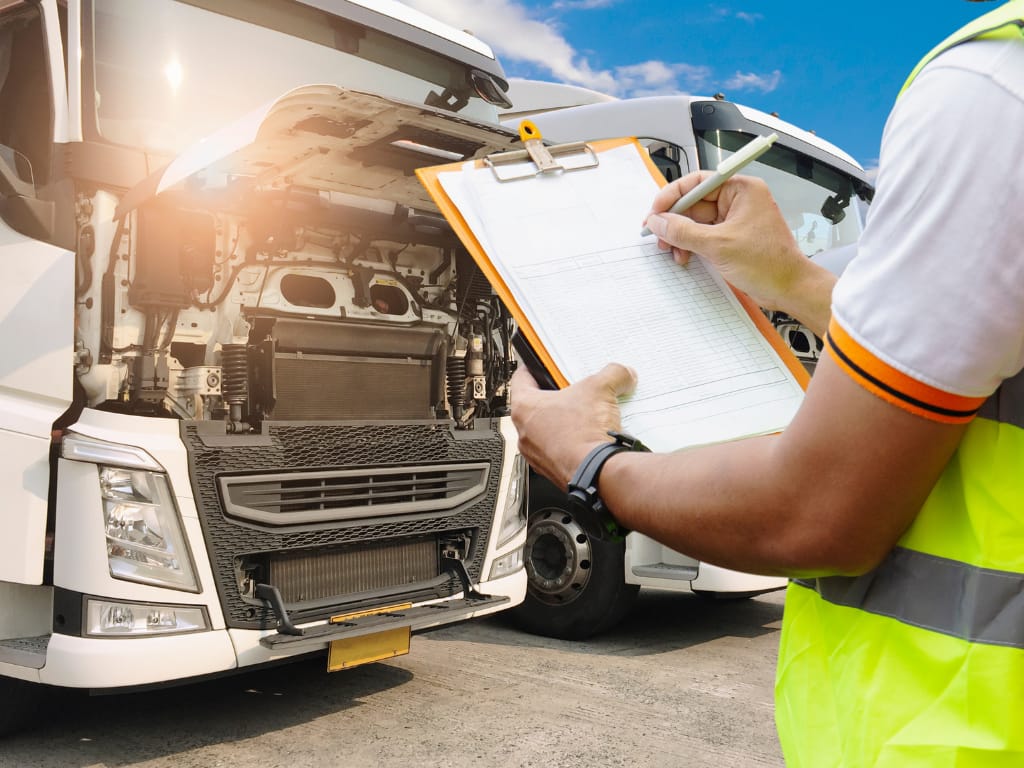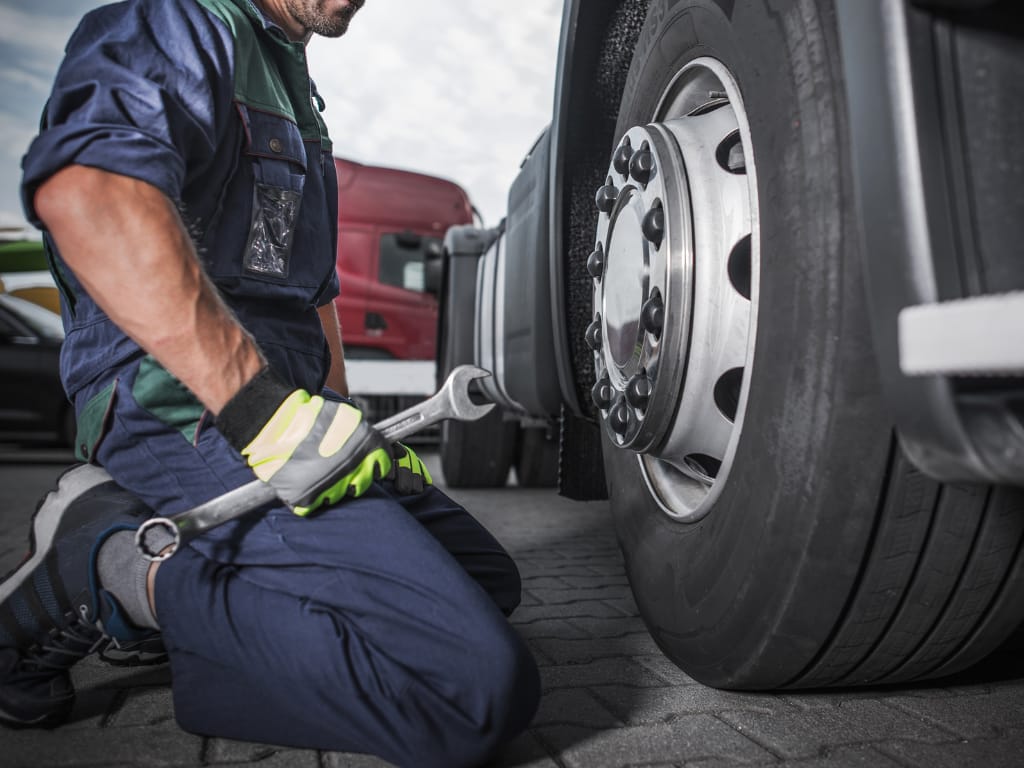Looking for something specific? Try using our search bar!
Looking for something specific? Try using our search bar!
Safety is paramount when it comes to operating tipper trucks. Hiring these heavy vehicles play a crucial role in construction and transportation. Yet, they can pose significant risks if not handled correctly. Understanding and adhering to safety protocols is not just a regulatory requirement. It’s a moral obligation to ensure the well-being of operators and the public.

For new operators, basic operational training is essential. It lays the groundwork for safe and efficient tipper truck operation. This training covers a range of critical skills.
This training ensures that operators are well-equipped to handle various challenges. They learn to anticipate and mitigate risks, thereby preventing potential accidents.
Modern tipper trucks come equipped with advanced safety features. These technological advancements greatly aid in ensuring the safety of the operator and the vehicle.
These features represent a significant leap in safety standards. They not only protect the operators but also contribute to a safer working environment. This integration of technology in tipper trucks is a game-changer, setting new benchmarks in vehicle safety.

Ensuring the optimal condition of tipper trucks is vital for safe and efficient operations. Regular maintenance and thorough safety checks form the backbone of operational safety. This routine not only adheres to regulatory standards but also significantly reduces the risk of accidents and mechanical failures.
Regular maintenance and safety checks, when done meticulously, provide significant peace of mind for operators. They can be confident that their vehicle is not just compliant with safety standards, but also in peak operating condition, ready to handle the demands of their work safely and efficiently.

To conclude, fostering a culture of safety in tipper truck operations is essential. It’s not just about following rules; it’s about embedding safety into every aspect of operation. This approach minimizes risks and enhances overall efficiency.
Adhering to these best practices ensures a safer operational environment. It also reinforces the commitment to safety, which is crucial in the heavy vehicle industry. Remember, safety in tipper truck operations is a journey, not a destination. It requires ongoing effort and vigilance to maintain the highest standards of safety.
More articles below: